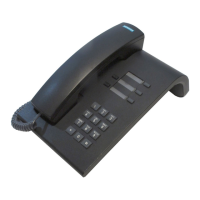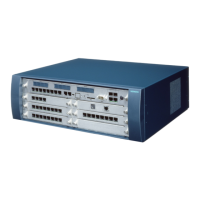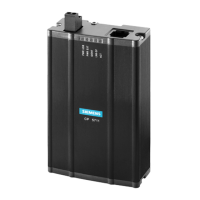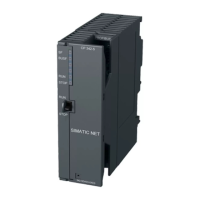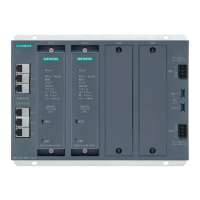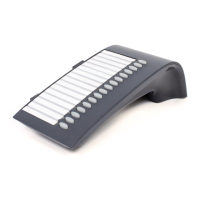Width of the peripheral boards
Peripheral boards are divided into
wide boards (TML8W in connection with GEE8, TMAU4) - these boards require a slot width
of 45 mm
You should select a slot width of 45 mm even if you have not installed a GEE8. This will allow
you to upgrade easily to a GEE8 if required.
narrow boards (all other types) - these boards require a slot width of 30 mm.
Wide boards can also be inserted into 30 mm slots. If you do this, however, you will not be able to use
the adjacent slot.
Caution
An antistatic wristband must always be worn when work is carried out on the system
(particularly when handling boards).
Slots in the basic cabinets and expansion cabinets
Figure 4-18 Slot identification and widths in the BC, EC1 and EC2
Starting up the boards
The system software detects the boards in ascending order, starting with the lowest slot position, when
the system is started up for the first time. Subscriber line circuits and ports are put into operation in
the sequence indicated by the arrow (Figure 4-19).
All connected boards are activated in the following situations:
The maximum configuration has not yet been reached. The system software checks whether the
maximum number of extensions or lines has been exceeded by performing a sequential scan of
the slots for every board. The board remains deactivated if this is the case. The board LED
displays the status of the board.
At least one B channel on line trunk modules is available for the slot (only the B channels that
are available are activated).
http://cmweb01.mch.pn.siemens.de/e_doku/en/h150/h15/30/sh/2/15_4m.htm (23 of 27) [06/04/2000 13:04:41]

